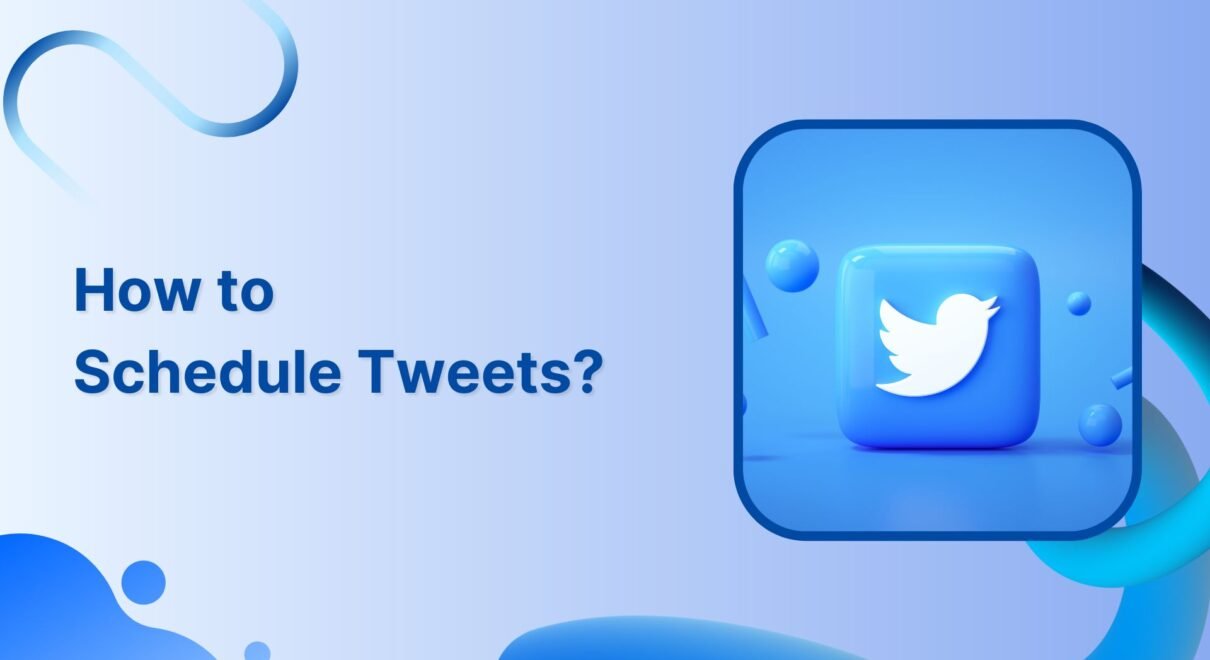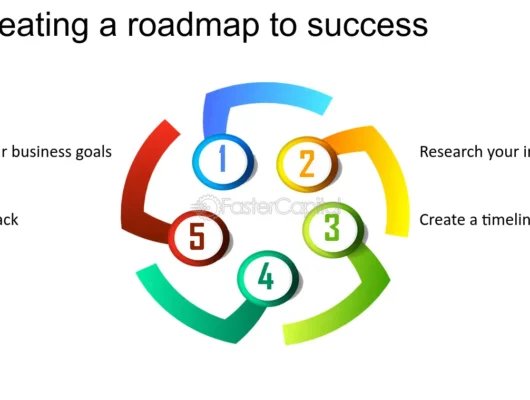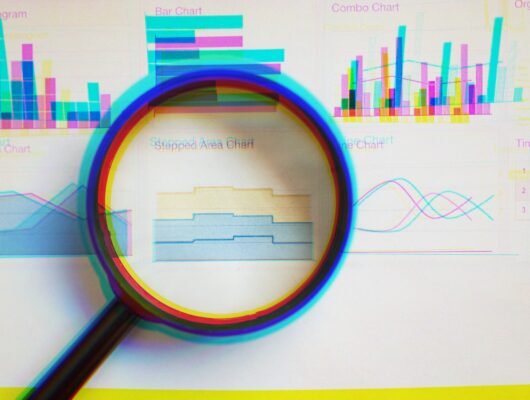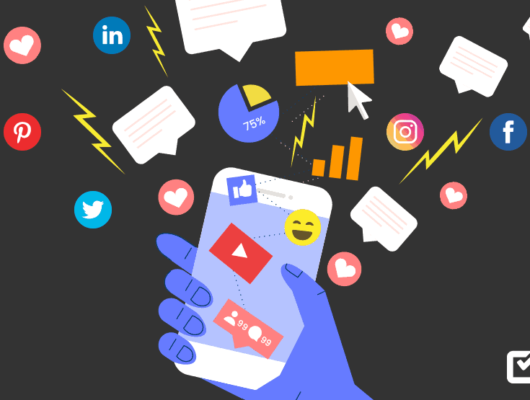In the fast-paced world of social media, staying active on platforms like Twitter is crucial for maintaining visibility and engagement. However, consistently posting at optimal times can be challenging, especially for businesses with busy schedules.
That’s where scheduling tweets comes in. By planning and automating your Twitter posts, you can ensure a steady stream of content that reaches your audience when they’re most active.
In this guide, we’ll explore the benefits of scheduling tweets, the best tools for the job, and tips to maximize your Twitter strategy.
Section 1: Why Scheduling Tweets is Essential
Before diving into the how-tos, it’s important to understand why scheduling tweets is a game-changer for your Twitter strategy:
- Consistency: Regular posting is key to building a strong presence on Twitter. Scheduling ensures that your account stays active, even when you’re busy with other tasks.
- Reach a Global Audience: If your audience spans multiple time zones, scheduling tweets allows you to post when your followers are most active, no matter where they are in the world.
- Maximize Engagement: By analyzing when your audience is most engaged, you can schedule tweets to go live at those peak times, increasing the chances of likes, retweets, and replies.
- Save Time: Scheduling tweets in batches can free up time for other important tasks, such as engaging with your followers or creating new content.
- Maintain Content Quality: Planning your tweets ahead of time allows you to carefully craft your messages, ensuring consistency and quality in your content.
Section 2: Choosing the Right Tools for Scheduling Tweets
There are several tools available that make scheduling tweets easy and efficient. Here are some popular options:
- Buffer: A user-friendly tool that allows you to schedule tweets across multiple accounts, analyze performance, and manage your content calendar.
- Hootsuite: One of the most popular social media management tools, Hootsuite offers robust scheduling features, analytics, and team collaboration options.
- TweetDeck: A free tool from Twitter itself, TweetDeck allows you to schedule tweets, monitor hashtags, and manage multiple accounts from a single dashboard.
- Sprout Social: Known for its detailed analytics and reporting, Sprout Social is ideal for businesses looking to optimize their Twitter strategy with data-driven insights.
- Later: Originally designed for Instagram, Later also supports Twitter scheduling, making it a great choice for visual content and cross-platform management.
Section 3: Best Practices for Scheduling Tweets
Scheduling tweets is more than just picking a time and hitting “schedule.” To make the most of this strategy, follow these best practices:
- Analyze Your Audience: Use Twitter Analytics or third-party tools to determine when your followers are most active. Schedule your tweets to go live during these peak times for maximum engagement.
- Diversify Your Content: Mix up the types of content you schedule—include a balance of promotional posts, informative content, engaging questions, and curated articles. This variety keeps your feed interesting and engaging.
- Maintain Flexibility: While scheduling is important, don’t forget to stay flexible. Twitter is a real-time platform, so be ready to adjust your scheduled tweets if something newsworthy or relevant happens.
- Monitor Engagement: Keep an eye on how your scheduled tweets perform. If certain times or types of content consistently perform better, adjust your scheduling strategy accordingly.
- Don’t Over-Schedule: While it’s tempting to fill up your schedule, avoid over-posting. Spacing out your tweets ensures each one has the chance to gain traction without overwhelming your followers.
Section 4: How to Schedule Tweets Effectively
Here’s a step-by-step guide to scheduling tweets effectively:
- Plan Your Content Calendar: Start by mapping out your content for the week or month. Include a mix of promotional posts, industry news, and interactive content. Use your content calendar to visualize the flow of your tweets.
- Write and Optimize Your Tweets: Craft your tweets with clear messaging, relevant hashtags, and eye-catching visuals. Remember to keep your tweets concise, within the 280-character limit, and include a call-to-action when appropriate.
- Select Your Scheduling Tool: Choose a tool that suits your needs, whether it’s Buffer for its simplicity, Hootsuite for its analytics, or TweetDeck for its integration with Twitter.
- Schedule at Optimal Times: Based on your audience analysis, select the best times to schedule your tweets. If your tool offers automated scheduling suggestions, use them to optimize your timing.
- Review and Adjust: Before finalizing your schedule, review your tweets to ensure they align with your overall strategy. Adjust timings or content if necessary to maintain a balanced and engaging feed.
Section 5: Monitoring and Adjusting Your Scheduled Tweets
Once your tweets are scheduled, the work isn’t over. Regularly monitoring and adjusting your schedule based on performance is crucial for long-term success:
- Track Performance: Use the analytics features in your scheduling tool or Twitter Analytics to monitor how your scheduled tweets are performing. Pay attention to metrics like engagement rate, retweets, and click-through rate.
- Engage with Your Audience: Even though your tweets are scheduled, make sure to log in regularly to interact with your followers. Respond to comments, join conversations, and stay engaged with your community.
- Adapt to Trends: Twitter is a fast-moving platform where trends can change rapidly. Be ready to adjust your scheduled tweets to capitalize on trending topics or avoid posting content that might be inappropriate due to current events.
- Continuous Improvement: Use the insights from your analytics to continuously refine your scheduling strategy. Experiment with different times, types of content, and tweet frequency to find what works best for your audience.
Conclusion
Scheduling tweets is a powerful strategy that can help you maintain a consistent Twitter presence, reach a wider audience, and save time.
By using the right tools, following best practices, and regularly monitoring your performance, you can ensure that your scheduled tweets are effective and aligned with your overall social media goals.
Start scheduling your tweets today and take your Twitter marketing to the next level.






